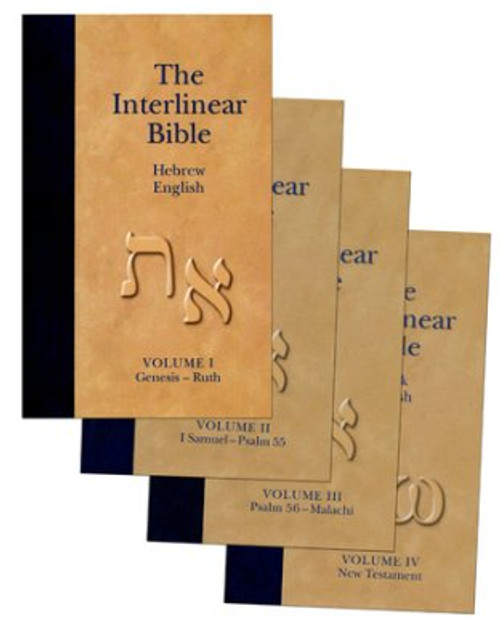
Still, in my opinion, the font they have employed is the worst font of the three texts I’m reviewing.) (Thankfully, a few years ago, the editors decided to stop using italics throughout.

This one is a little strange…but another pro is that it is possible with a small amount of liquid on your finger to rub off the part of the front title that says “A Reader’s Greek” and simply leave the words “New Testament” on the cover.In other words, the words on the bottom of the page are common definitions, which is helpful for vocabulary building. The definitions (glosses) follow Warren Trenchard’s, Complete Vocabulary Guide to the Greek New Testament, but add other possibilities for particular contexts when Trenchard’s generic definitions don’t work well in specific contexts.It sports an imitation leather cover that is supple and lays open nicely. It is the most attractive of the texts (at least when you first buy it).It is easy to carry with you to class or church.

This is the thinnest and lightest-weight text by far.I’ll list them in the order they were produced: A Reader’s Greek New Testament (Goodrich and Lukaszewski, Zondervan) Pros: Now there are three, and you will have to choose which one to use.

When I learned Greek, there were zero Greek New Testaments produced for reading, that is, texts that included running definitions for less-frequent vocabulary on the bottom of each page.


 0 kommentar(er)
0 kommentar(er)
